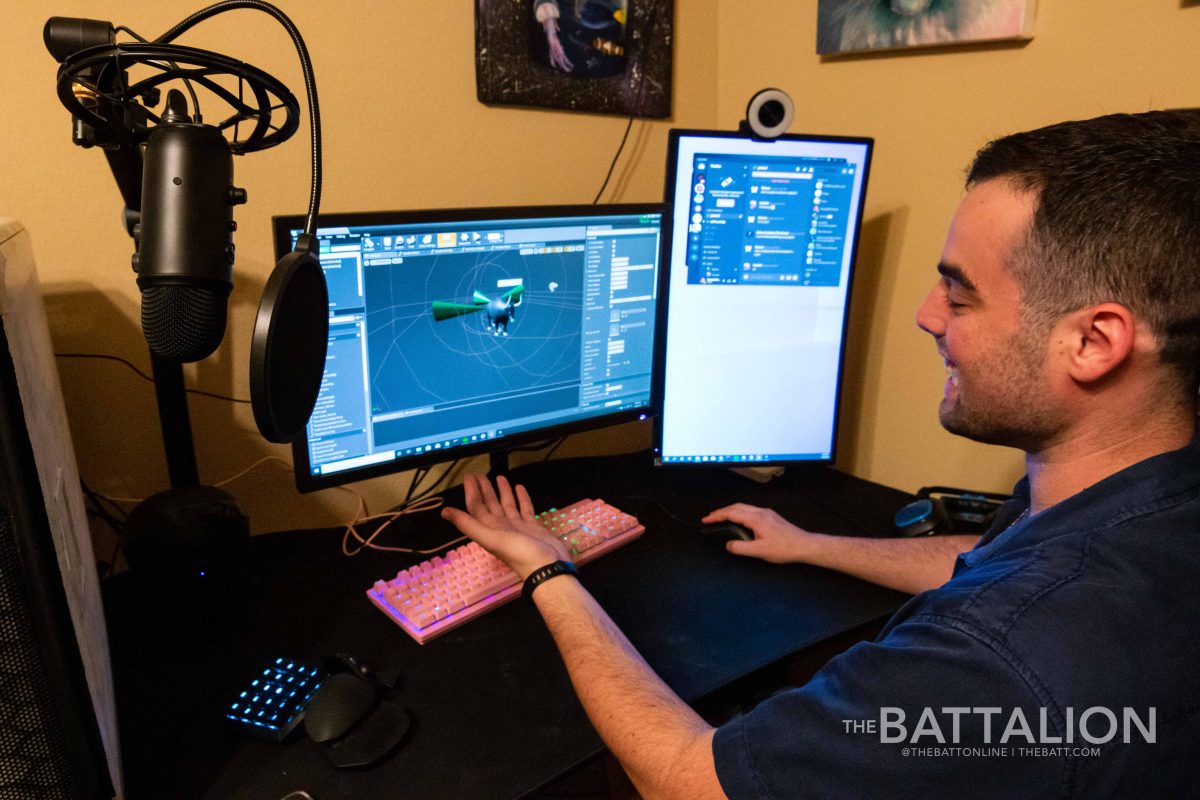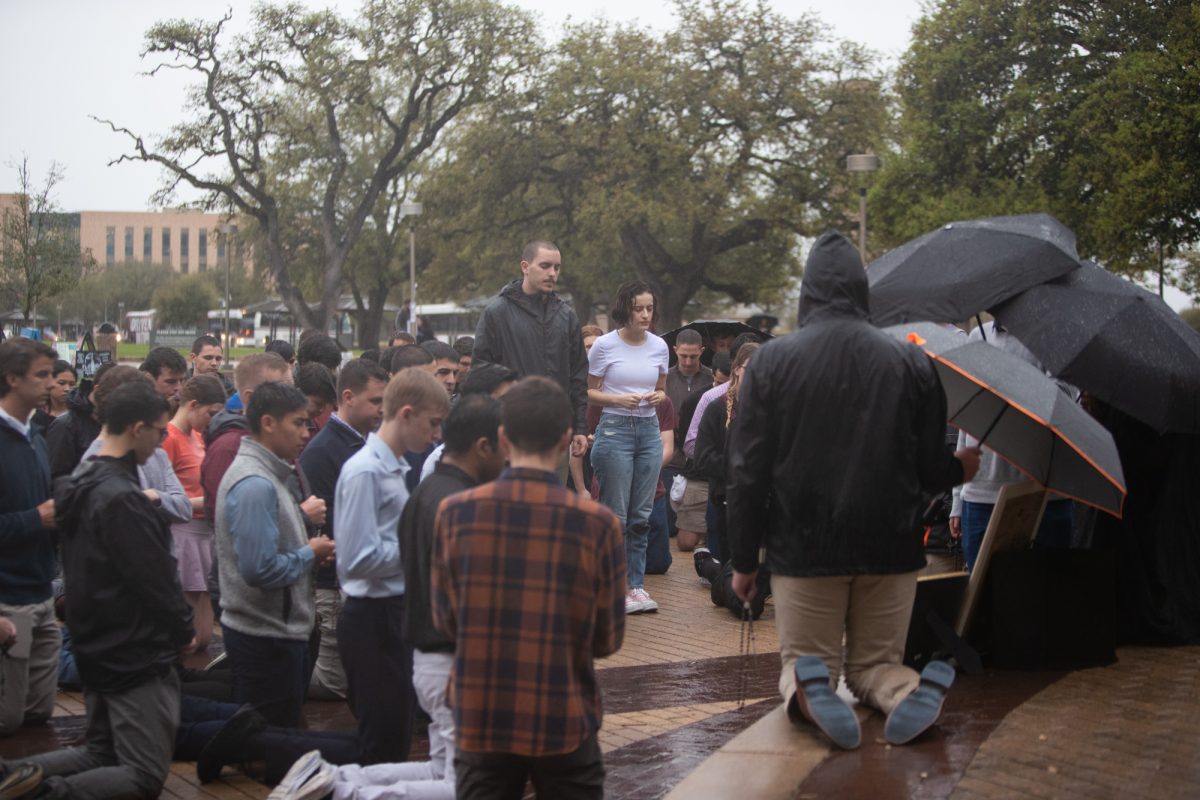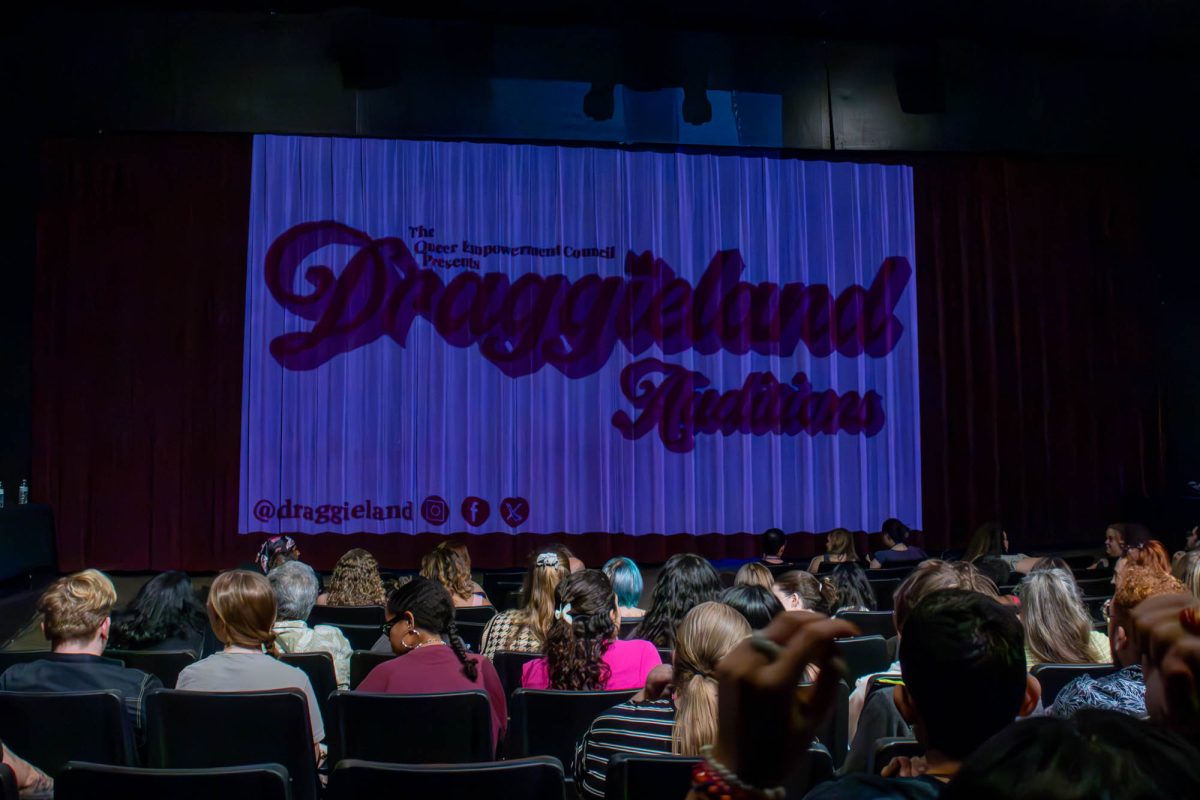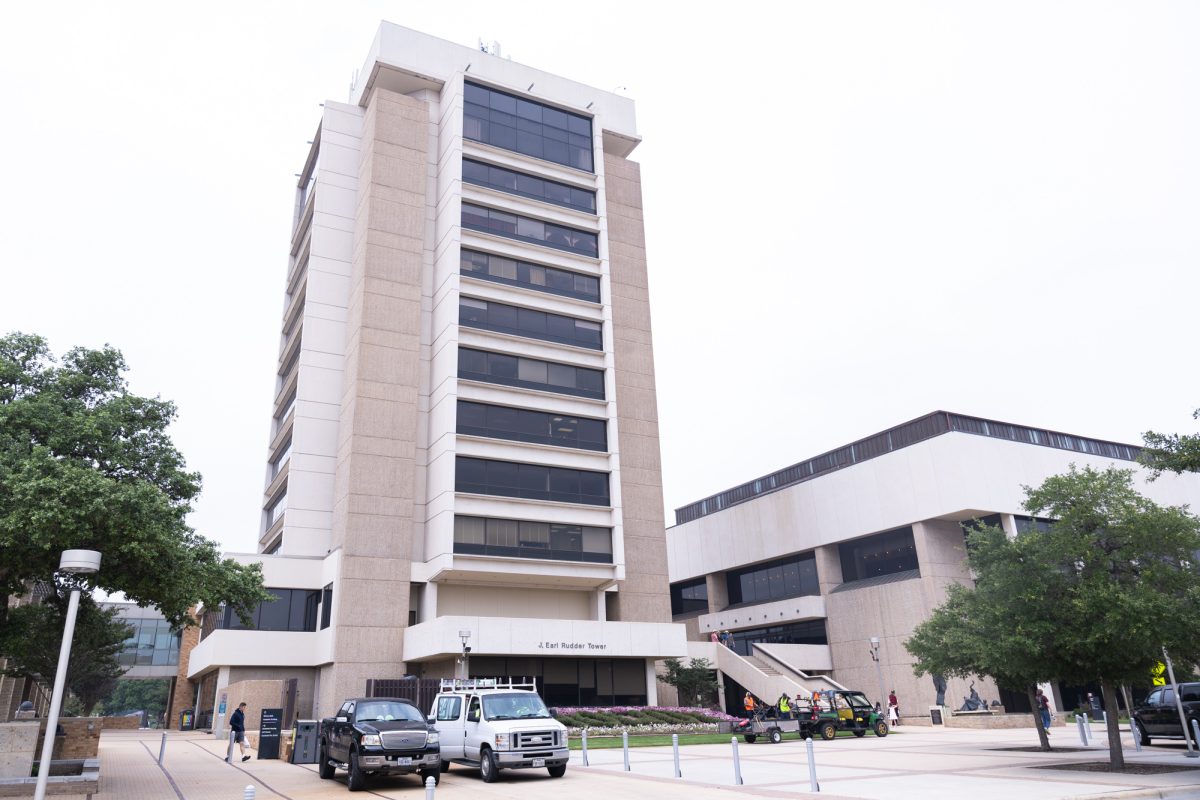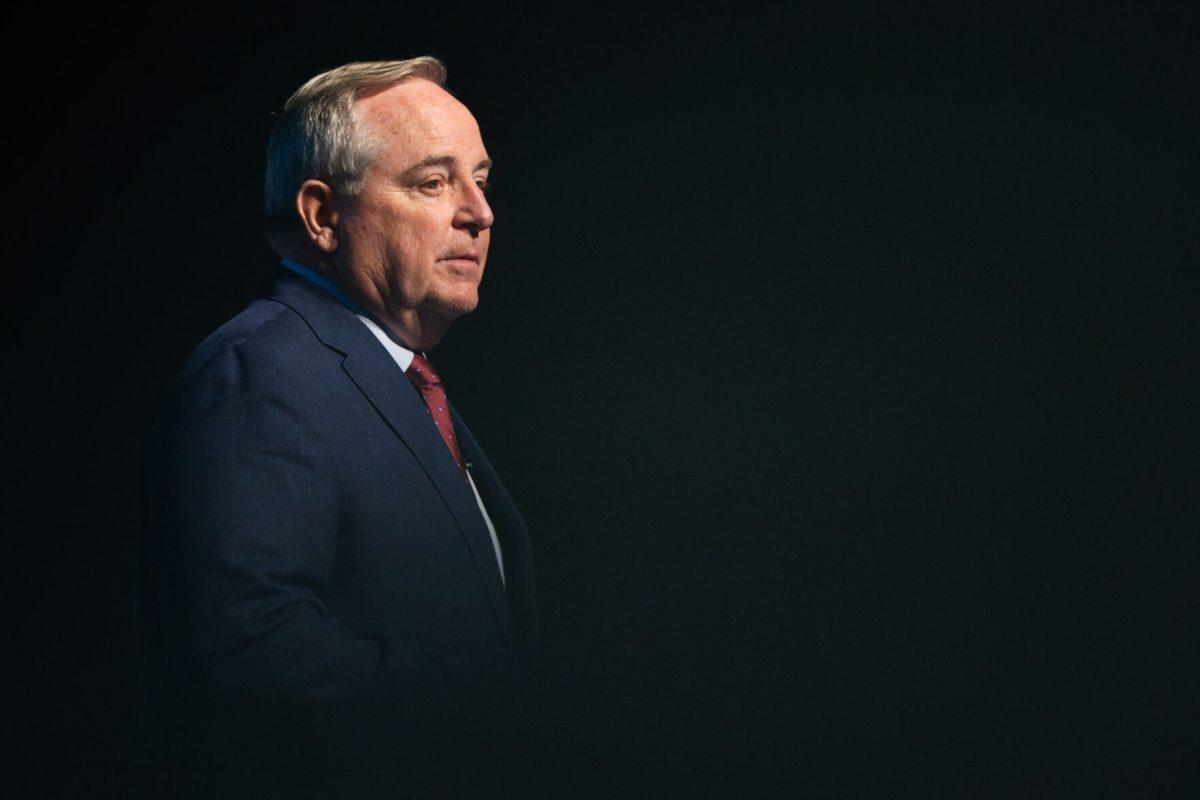Animal science senior Nicholas Free has developed an educational video game called CowSim to help animal science students with no previous experience learn about handling cattle safely.
The game is meant to teach players proper behavior around cattle, including how to guide them to where they need to be. CowSim can be played via traditional mouse and keyboard or virtual reality (VR).
Free said before attending Texas A&M, he did not have any prior knowledge of cattle. He chose the animal science major so he could challenge himself to learn something new. That decision brought a series of advantages and disadvantages that differed from those faced by his experienced peers.
“It was a blessing and a curse,” Free said. “Everything that I was learning, it was new; it was fresh. So I didn’t have any old habits that they were having to get rid of. … I was just a blank slate.”
With other newcomers like himself taking up animal science, Free said he saw an opening for an academic simulator game. Free said technology should be a priority in this field as it would offer more accessible alternatives for inexperienced students.
“I think we need to increase the scope of how we approach learning,” Free said. “We are still using old technology, reliant on two dimensional graphics and figures that don’t provide real life experience. Virtual technology can be used in every facet of education.”
Richard Toussaint III, an interactive technology graduate student at Southern Methodist University, is an old friend of Free and served as the lead level designer for CowSim. Toussaint said he and Free would visit his grandmother’s cattle ranch outside Fredericksburg to observe the cattle.
“I grew up around cattle; I have a fair amount of experience with them,” Toussaint said. “We went down to the ranch a few times during the development of the project so we’d get an idea of what we were working with.”
Toussaint said the way players move cattle in the game is by using the different pressure points the cattle have. He researched the patterns and factors behind cattle movement in order to apply them into the game.
“[In] the game as a whole, the player is herding cattle into barns using their pressure points,” Toussaint said. “Cattle have flee and attack behavior based on how you approach them. My job is to build the space-environment puzzles that the players will be engaging with, and a lot of my research went into all these different factors that play into space cattle are comfortable with and why they move the way they do.”
Primary developer Kazim Hasan said he was responsible for the animal artificial intelligence and reward/penalty system for players.
“The true nature of the project and its potential didn’t really hit me straight away to be honest,” Hasan said in an email to The Battalion. “I reached back to Nick and told him I can handle it and we should get on a call so that I can have a better
understanding about the project. And we clicked! I instantly realized what he was trying to achieve with this, and I wanted to be a part of it.”
Hasan worked from Pakistan and said he enjoyed developing the game after seeing Free’s passion for it. Hasan agreed that the game could be an important tool in modern education.
“This is important because of how our lives are shaped now,” Hasan said. “We live very urban lives — completely out of touch from how livestock and agriculture work. With Cowsim, we intend to teach people how livestock is handled and how to behave with the cows.”
Free said this is only the beginning, and he’d like to see the field expand, making further use of such technology in the classroom. He said the only reward he needs comes from meeting his goals and helping those who need it.
“Who knows where that goes after this, but at the end of the day, making a change makes a difference,” Free said. “No matter what I’m doing, if I’m able to influence one person, that’s a huge deal to me.”
Student-made game provides virtual introduction to cattle handling
October 21, 2019
Photo by Photo by Jose Olvera
Animal science senior Nicholas Free developed CowSim as a tool to teach proper behavior around cattle.
0
Donate to The Battalion
$2065
$5000
Contributed
Our Goal
Your donation will support the student journalists of Texas A&M University - College Station. Your contribution will allow us to purchase equipment and cover our annual website hosting costs, in addition to paying freelance staffers for their work, travel costs for coverage and more!
More to Discover




